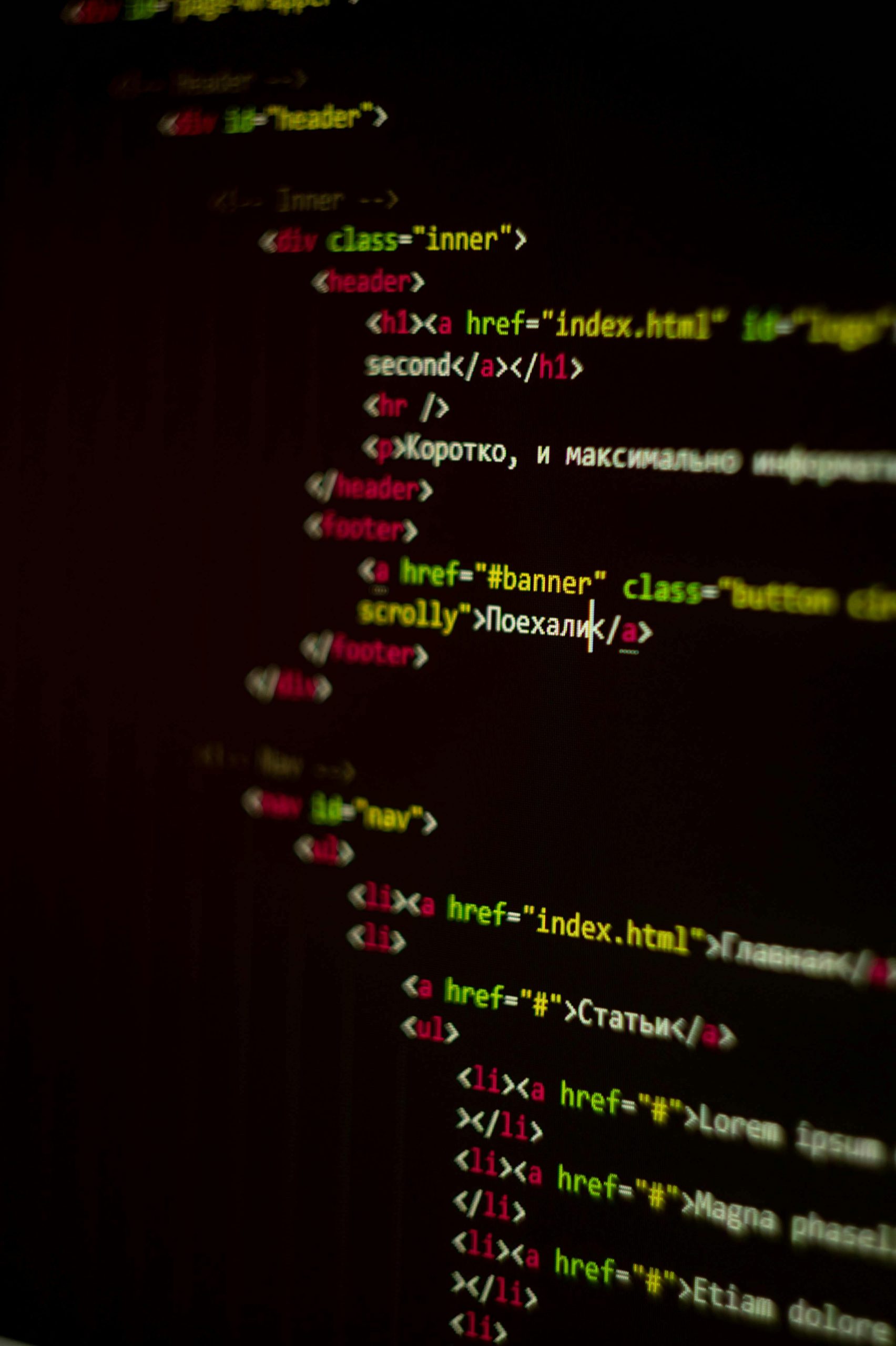Exploring Open Source Alternatives for Logo Particle Effects
In the realm of modern web design, dynamic visuals play a crucial role in captivating visitors. One striking effect that has garnered attention is the animated logo made of tiny particles, which responds to user interactions such as mouse hovers. A great example of this can be found on the Nuxt Labs website, where the logo elegantly shifts and transforms, showcasing the potential of interactive design.
For developers and designers inspired by these cutting-edge effects, the question often arises: Is there an open-source solution available that replicates this particle effect? While proprietary implementations can offer unique aesthetics, many creators prefer using open-source code to customize and enhance their projects.
Fortunately, the web community is rich with resources. Websites like CodePen are treasure troves of ideas and snippets that you can experiment with. Search for particle animation examples or hover effects that utilize libraries like three.js, particles.js, or even canvas for creating captivating visuals. These platforms often feature user-generated content, allowing you to see how developers achieve similar effects and adapt them to your needs.
If you’re looking to dive into this creative avenue, consider exploring existing projects. By studying how others construct their animations, you not only gather inspiration but also gain valuable skills to employ in your designs.
Stay tuned for more discussions on cutting-edge web design techniques, and share your own findings on particle effects in the comments below!


2 responses to “Are there open-source methods to duplicate this effect?”
The particle animation effect seen on the Nuxt Labs website is both captivating and complex, and replicating it can be a fun project! While the specific implementation details of that effect are not readily available from the source, there are some open-source libraries and frameworks you can explore to achieve a similar particle animation using HTML, CSS, and JavaScript.
Suggested Libraries
Particle.js: This lightweight JavaScript library enables you to create responsive particles in a canvas. It’s easy to set up and customize, allowing you to control properties like particle size, color, and movement. The documentation provides ample examples to help you get started.
Link: Particle.js GitHub
Three.js: If you’re looking to create more complex, 3D particle effects, Three.js is a powerful library that allows for rendering graphics in a 3D space. While it has a steeper learning curve, there are numerous examples in the Three.js documentation that illustrate how to create particle systems.
Link: Three.js
Canvas API: For a more hands-on approach, consider using the HTML5 Canvas API. You can create custom animations and interactions by manipulating the pixels directly. This method requires more coding but gives you complete control.
Example CodePen
Here’s a basic example using Particle.js to get you started with a particle effect:
“`html
“`
Practical Advice
Experiment With Parameters: When using libraries like Particle.js, play around with the parameters to create unique effects. Changing the number of particles, their size, and movement can generate very different feels.
Performance Considerations: Particle animations can be resource-intensive. If there’s heavy animation in your project, test on various devices to ensure smooth performance, especially on lower-end devices.
Integration with Other Elements: Consider how you want your particles to interact with other elements on your site. For instance, using
z-indexand transparency can create layered effects that enhance the visual appeal.Responsive Design: Ensure your particle animation scales well with different screen sizes. You can dynamically adjust the number of particles or their size based on the viewport dimensions.
Explore Community Examples: Sites like CodePen and GitHub have numerous user-generated examples. Searching for “particles animation” can lead you to pre-built code snippets that you can tinker with.
By leveraging these tools and tips, you’ll be well-equipped to create an engaging particle animation effect similar to that found on the Nuxt Labs website. Happy coding!
Great exploration of open-source alternatives for creating dynamic logo effects! I’d like to add that while libraries like `three.js` and `particles.js` are fantastic starting points, you might also want to look into the `p5.js` library, which is designed for creative coding and makes working with animations and interactions quite intuitive. It is particularly helpful for those who are just starting out because of its simple syntax and extensive community examples.
Additionally, if you’re interested in performance optimization, combining these libraries with CSS animations can create seamless transitions and reduce the load on the browser, resulting in smoother user experiences.
Don’t forget to consider accessibility as well; creating engaging visuals is important, but ensuring that your designs are inclusive for all users is equally crucial. Overall, experimenting with these resources not only allows for creativity but also enhances your repertoire in modern web design. Looking forward to seeing what others share about their approaches and findings!